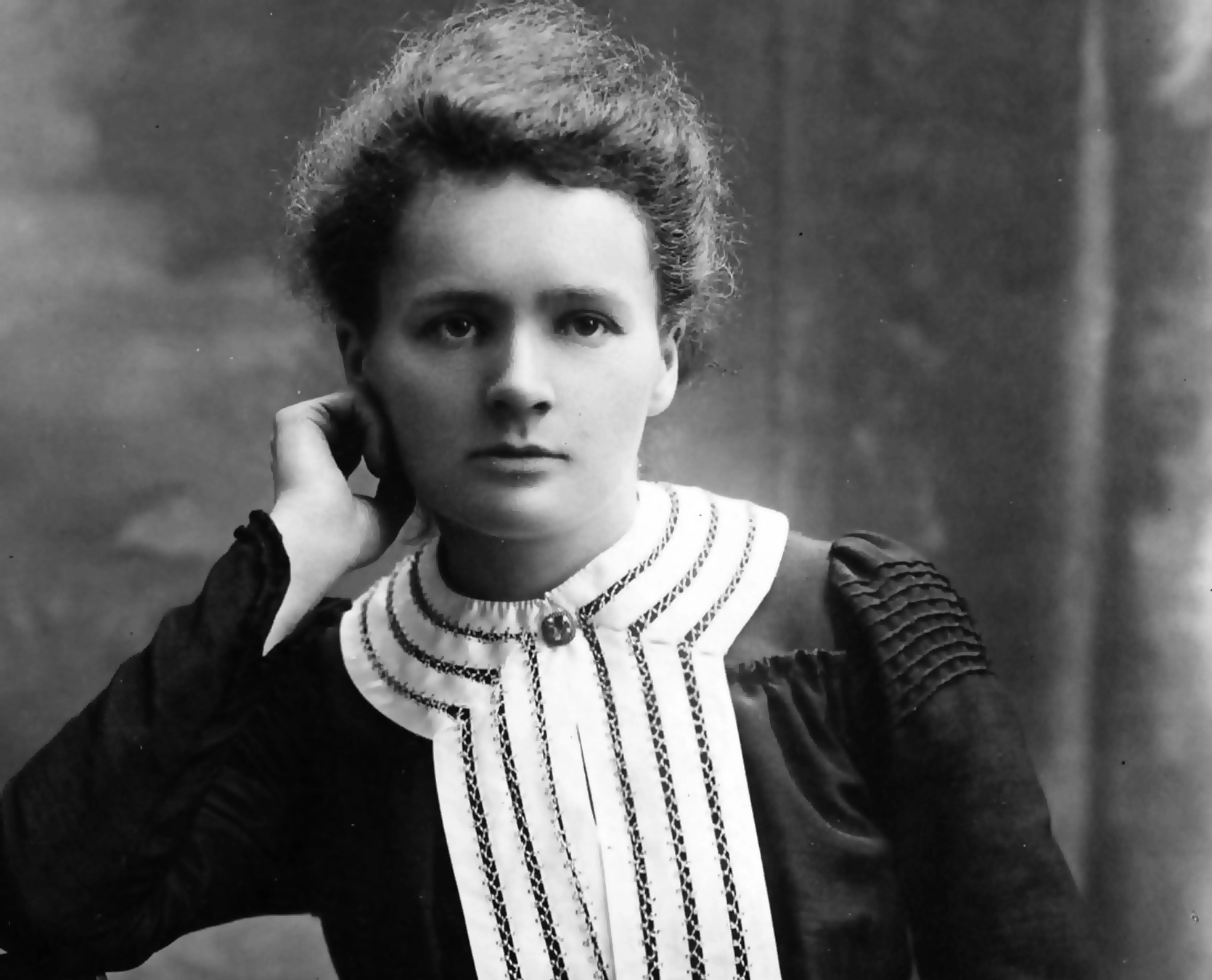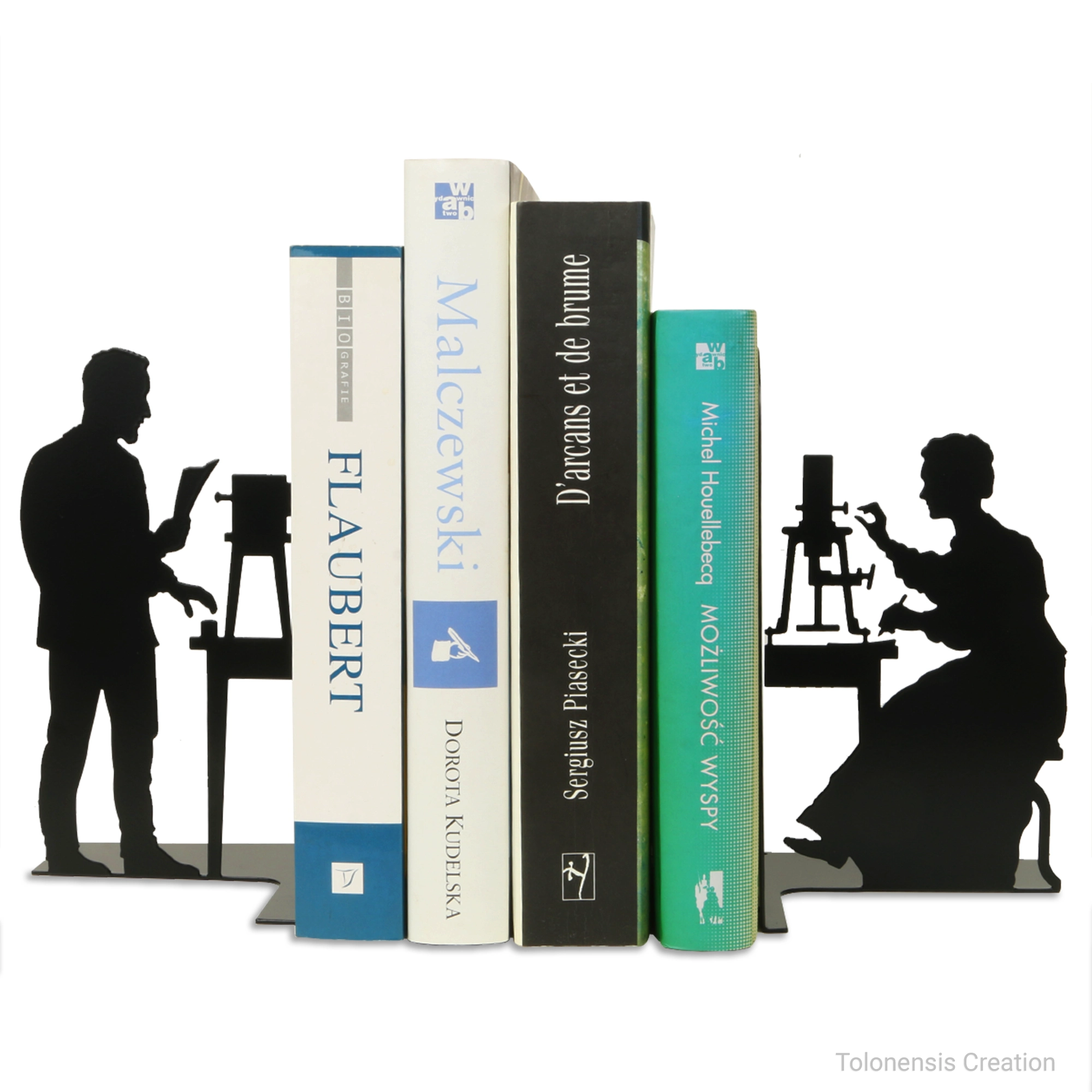Maria Skłodowska – Childhood, Studies and Scientific Formation
Maria Skłodowska was born on November 7, 1867, at 16 Freta Street in Warsaw’s Old Town. Today, this building is the Maria Skłodowska-Curie Museum. Her parents, Władysław and Bronisława Skłodowski, were teachers strongly attached to Polish culture during a period of Russian domination. The death of her mother in 1878 deeply affected Maria and strengthened her character and intellectual independence.
Warsaw: From Freta to Nowolipki
After her early years on Freta Street, the family moved to Nowolipki Street when Władysław Skłodowski became deputy inspector at Boys' Gymnasium No. 2. Nowolipki, located in the district of Muranów—then a vibrant, mostly Jewish area—offered Maria a culturally rich and stimulating environment. This period was also marked by the first professional difficulties faced by her father due to pressure from Russian authorities.
Successive Moves and Financial Hardship
Following a conflict with Russian school authorities, Władysław Skłodowski lost his inspector position and had to accept lower-paid work. The family was forced to leave their Nowolipki apartment for a more modest one. To support her household, Maria worked as a private tutor—an essential source of income during these difficult years.
The Flying University: Learning and Teaching
Denied access to university by Russian authorities, Maria joined the Flying University, a clandestine higher education network for women. Not only did she take advanced courses, but she also helped educate younger girls, contributing to scientific instruction despite cultural repression. This independent educational structure played a key role in her intellectual development.
Years as a Governess: Supporting Bronia in Paris
To finance her sister Bronia’s medical studies in Paris, Maria accepted work as a governess with the Żórawski family and later in Szczuki among the rural nobility. Despite the isolation, she continued studying science and mathematics independently. Her goal never changed: saving enough money to join Bronia in Paris and begin her own higher education.
Arrival in Paris: A New Scientific Chapter
Maria arrived in Paris in 1891, living with Bronia and her husband Kazimierz Dłuski at their apartment on Claude-Bernard Street. She Frenchified her name to Marie and enrolled at the Sorbonne. Living in great poverty, she worked with exceptional discipline and earned her physics degree in 1893 as first in her class, followed by a mathematics degree in 1894. Her academic performance earned her a crucial university scholarship.
Meeting Pierre Curie: A Decisive Collaboration
In 1894, Marie met Pierre Curie, already known for his work on piezoelectricity and for the high-sensitivity electrometer he developed with his brother Jacques. Their rigorous scientific collaboration led to the discoveries of polonium and radium in 1898, foundations of modern radioactivity research.
Pierre & Marie Curie Bookends: A Tribute to the Laboratory
The design represents the Curie couple working in their laboratory. Pierre is shown standing in front of an electroscope, while Marie sits at an electrometer—an instrument of exceptional sensitivity developed by Pierre and Jacques Curie. These devices enabled the first reliable measurements of radioactivity and were central to the study of polonium and radium.
Resources & Internal Links
Useful Links – Pierre & Marie Curie
Pierre & Marie Curie – Science & Legacy











